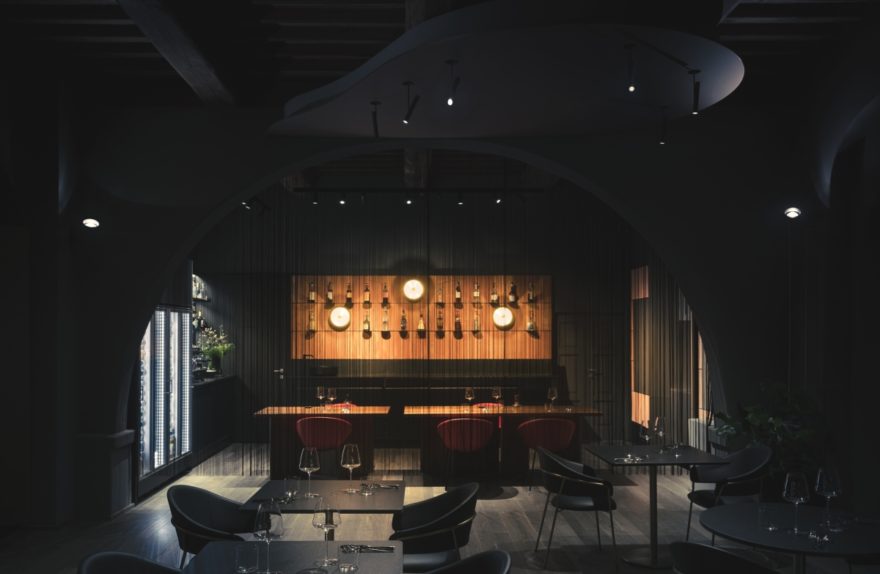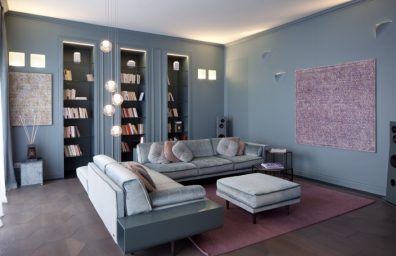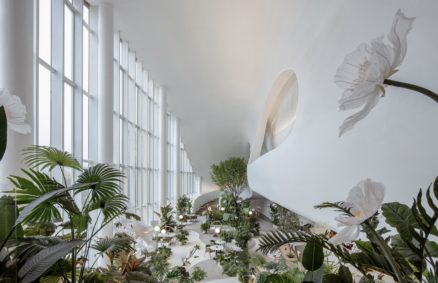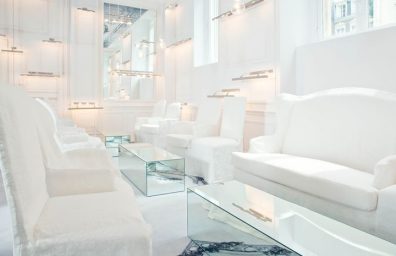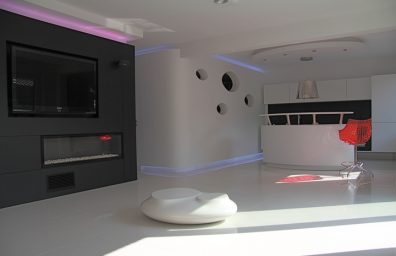lamatilde and the Cannavacciuolo Group continue their fruitful collaboration with the LAQUA Vineyard project, the fourth Resort of the LAQUA collection. Located in the heart of Tuscany, in the village of Casanova between Pisa and Volterra, the Resort overlooks the local vineyards and is part of an environment rich in history and charm.
The fundamental concept of this project is the theatre, which becomes the leitmotif of the entire structure. Thanks to a careful renovation work and the search for a perfect balance between ancient and contemporary, lamatilde has created an environment capable of hosting the passion for the culinary art, oenology and hospitality.
Inside the Resort is the Cannavacciuolo Vineyard Restaurant, recently awarded a Michelin Star, which pays homage to the love story between cuisine and wine. Lamatilde has developed a visual identity that recalls this partnership and made reference to the protagonists of the place, the Rhinoceros of the La Spinetta Winery and the Moon, symbol of the golden buttons of the Cannavacciuolo brand.
Lamatilde also oversaw the restyling of the 6 apartments, which follow the philosophy of the other locations in the LAQUA collection, offering a "home" experience to its guests. Each apartment has a name inspired by mythological love stories, such as Cupid, Aphrodite, Narcissus, Eurydice, Dionysus and Penelope. Each room has been customized with graphics, colors and decorative objects consistent with the project concept.
In summary, the LAQUA Vineyard resort project represents a unique experience in the heart of Tuscany, which celebrates the culinary art, enology and hospitality, thanks to the attentive and passionate work of lamatilde and the Cannavacciuolo Group.
The restaurant
The Cannavacciuolo Vineyard Restaurant, designed by the lamatilde studio, is an example of how contemporary design and tradition can blend harmoniously and enhance each other. The walls, which originally had an irregular appearance, have been made linear thanks to the insertion of furnishings and counter-walls, creating a balanced visual impact. These false walls, in turn, cover only a part of the wall, leaving the original texture restored in the upper part visible, creating an interesting contrast between the contemporary expressive language and the artisan one.
The same approach is adopted in the ceilings, where the regularity of the arches and the classic personality of the restored attics are harmonized with soft and flowing coverings, creating an intriguing contrast.
To improve the lighting of the restaurant, lamatilde opted for golden coverings, which reflect and diffuse the external light, creating a warm and scenographic atmosphere. In addition, curtain drapes have been introduced to allow for different solutions for dividing the space and regulating brightness.
Another important element of the design is the pre-existing window which offers a panoramic view of the surrounding vineyards and countryside. To highlight this view, a corridor was created with an accelerated perspective that emphasizes the visual convergence towards the outside.
Finally, all the set-up elements recall the theatrical environment, with two counters placed at opposite ends of the main hall which resemble two boxes, one for the culinary art and the other for wine. These two visual foci are the first coordinates of the scenic space for clients and guests.
In conclusion, the design of the Cannavacciuolo Vineyard Restaurant demonstrates how the combination of contemporary and traditional elements can create a unique and captivating environment. The attention to detail and the sensitivity towards the history of the building give it a theatrical and scenographic atmosphere, transforming the restaurant into an unforgettable experience for customers.
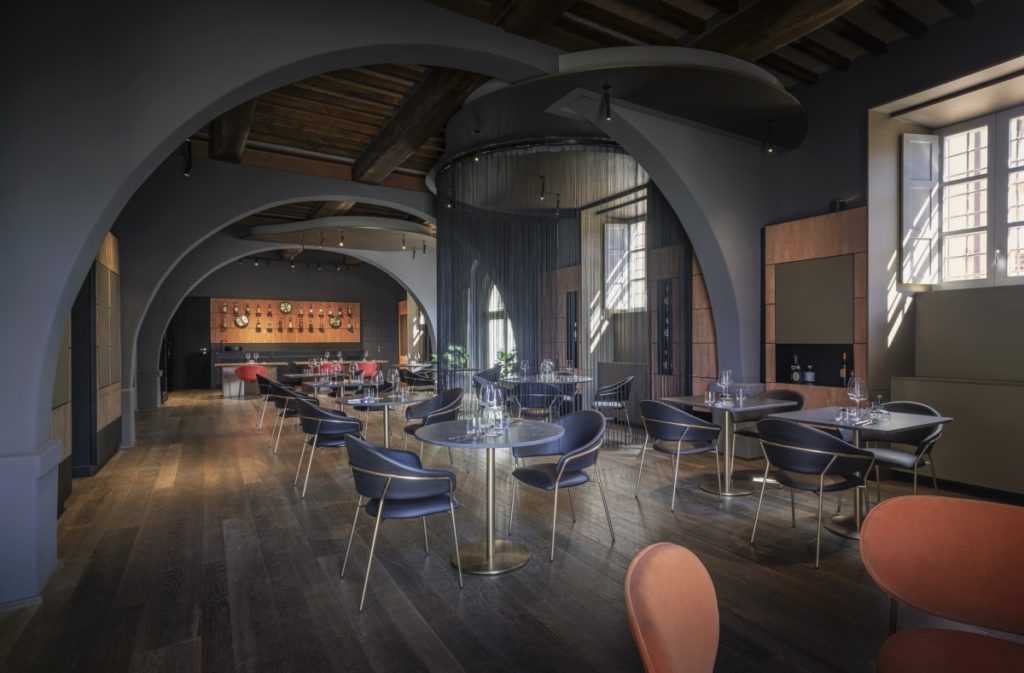
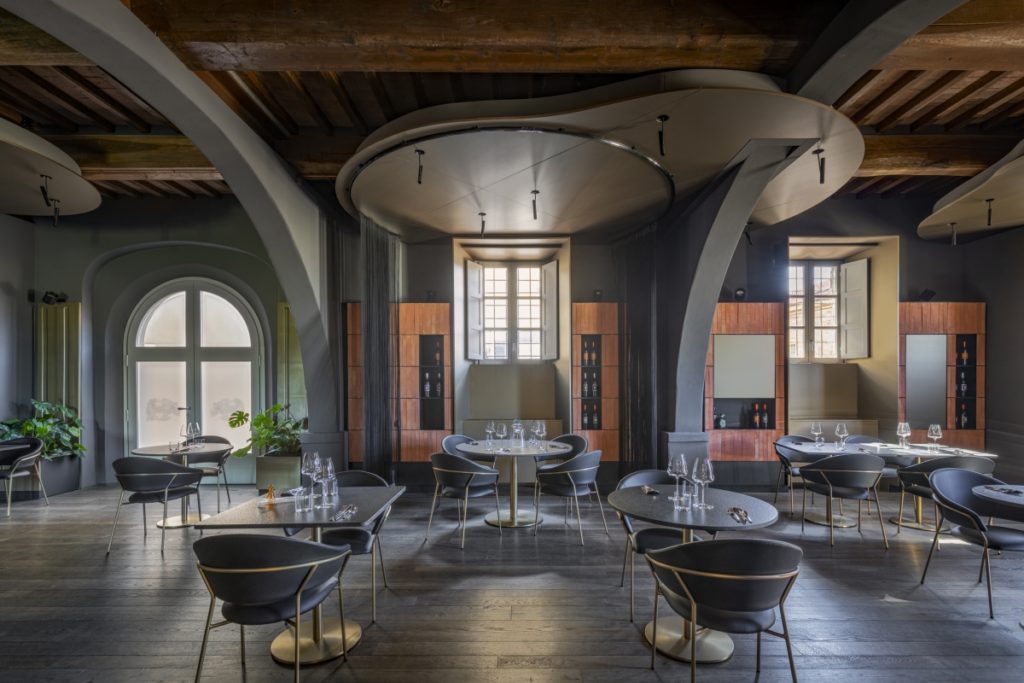
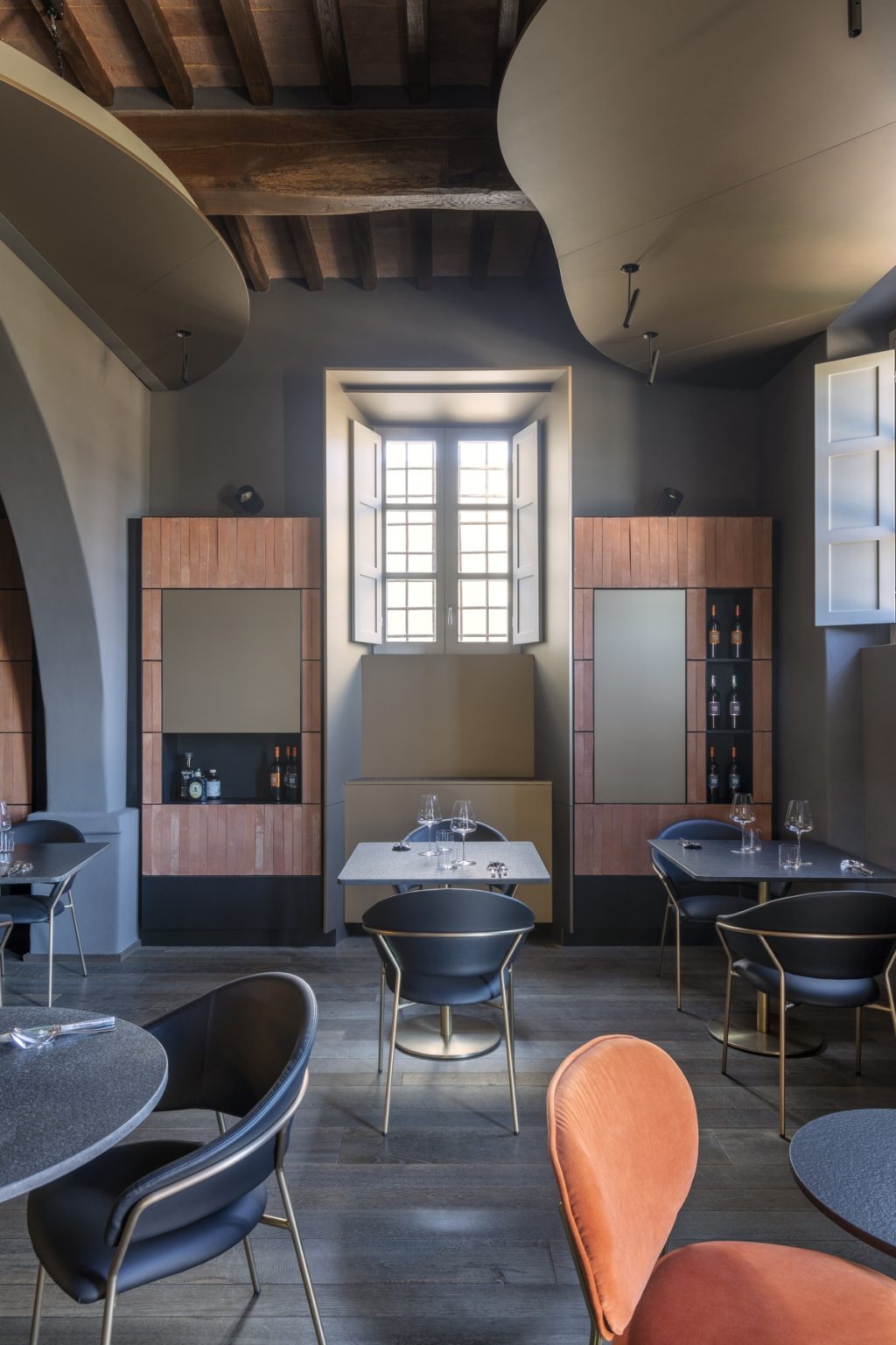
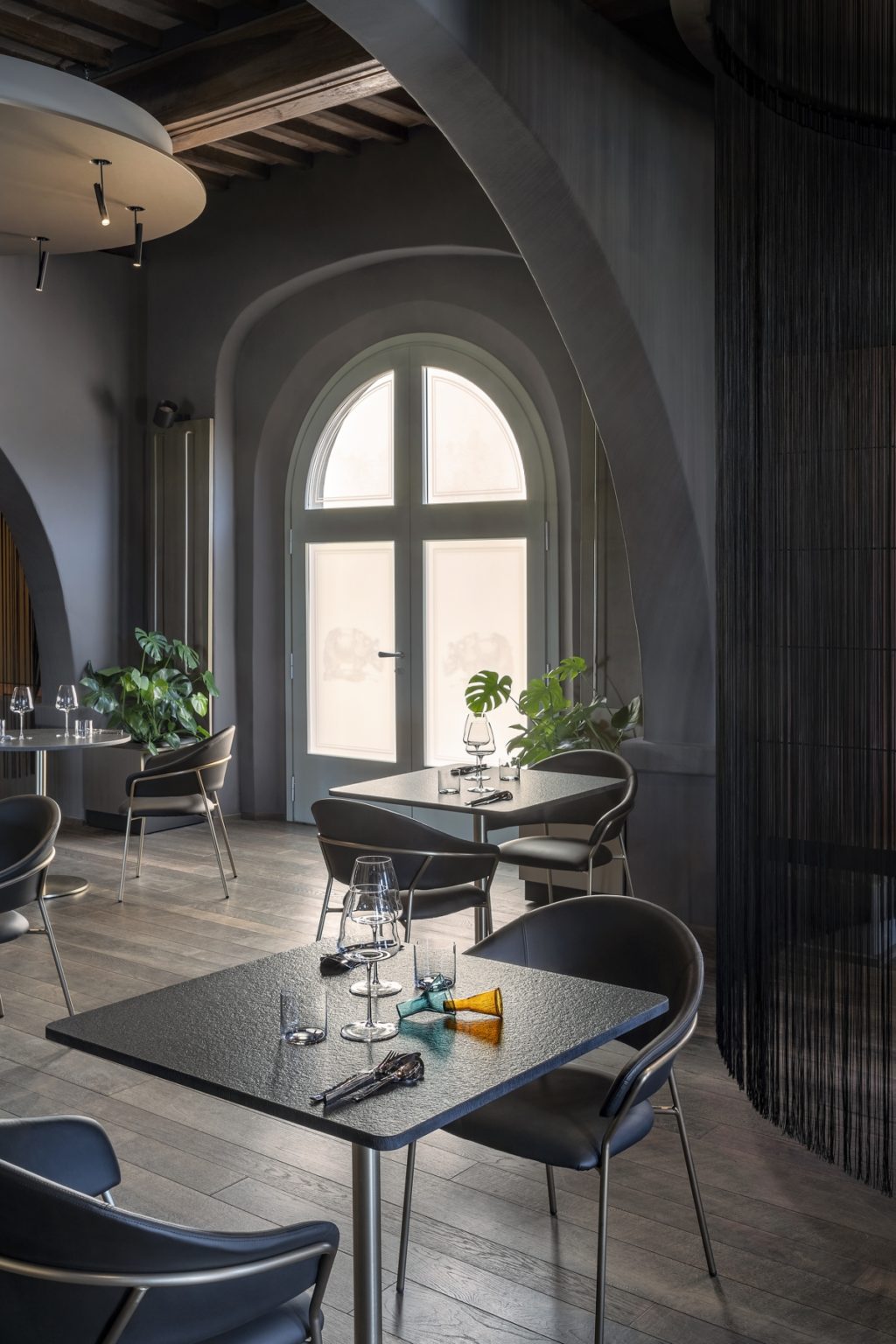
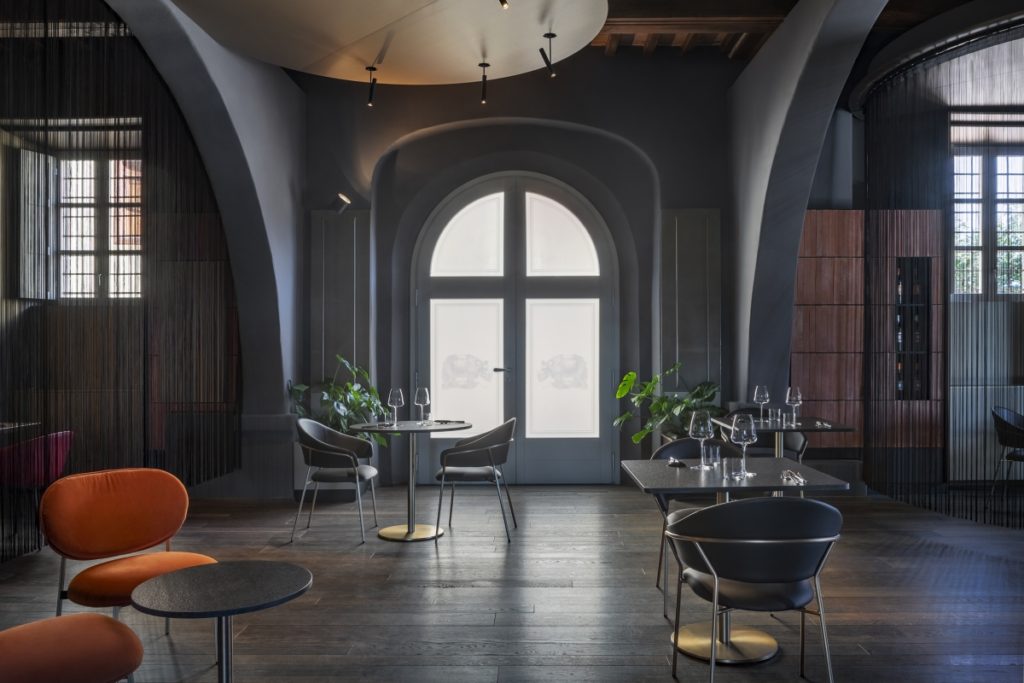
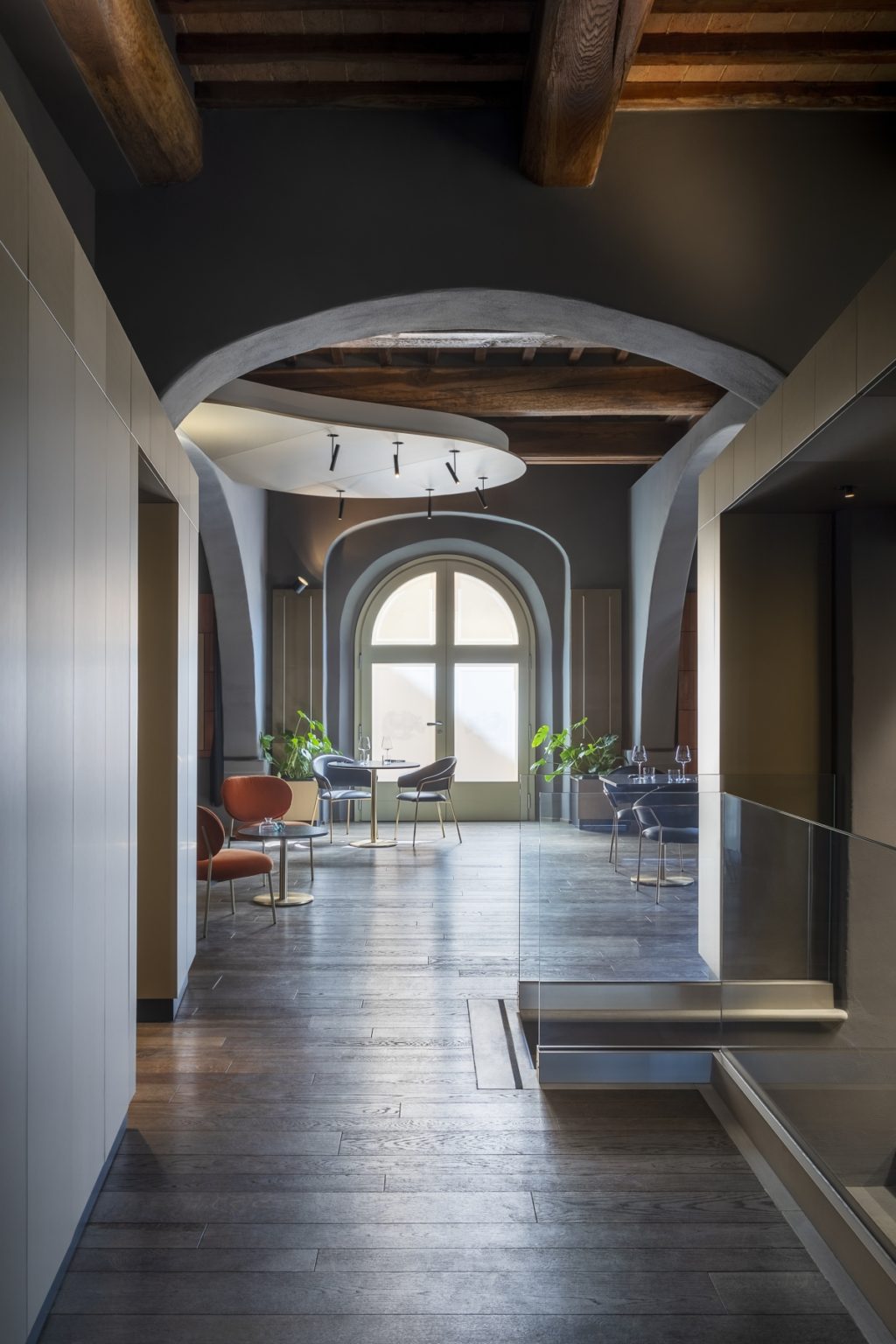
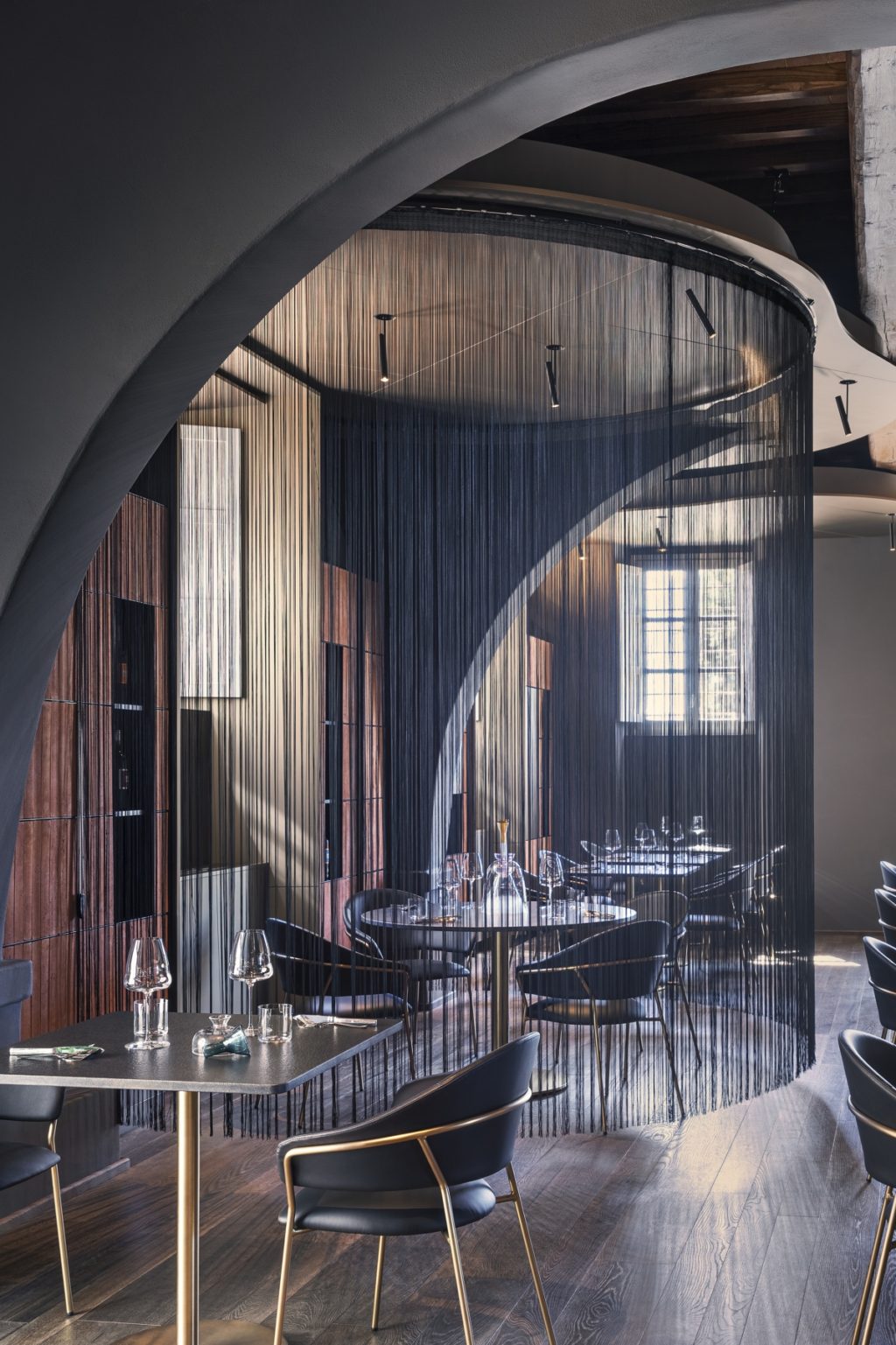
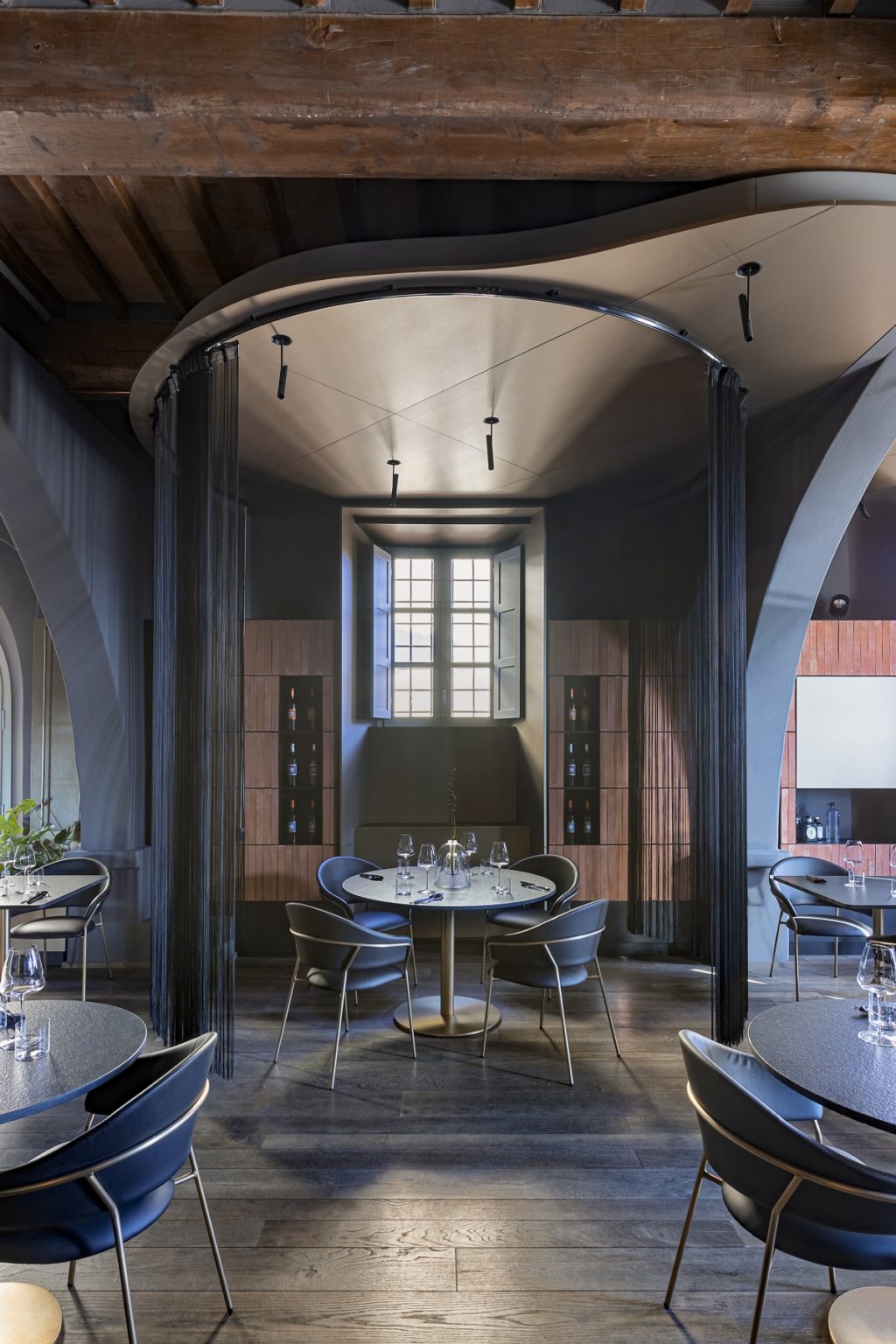
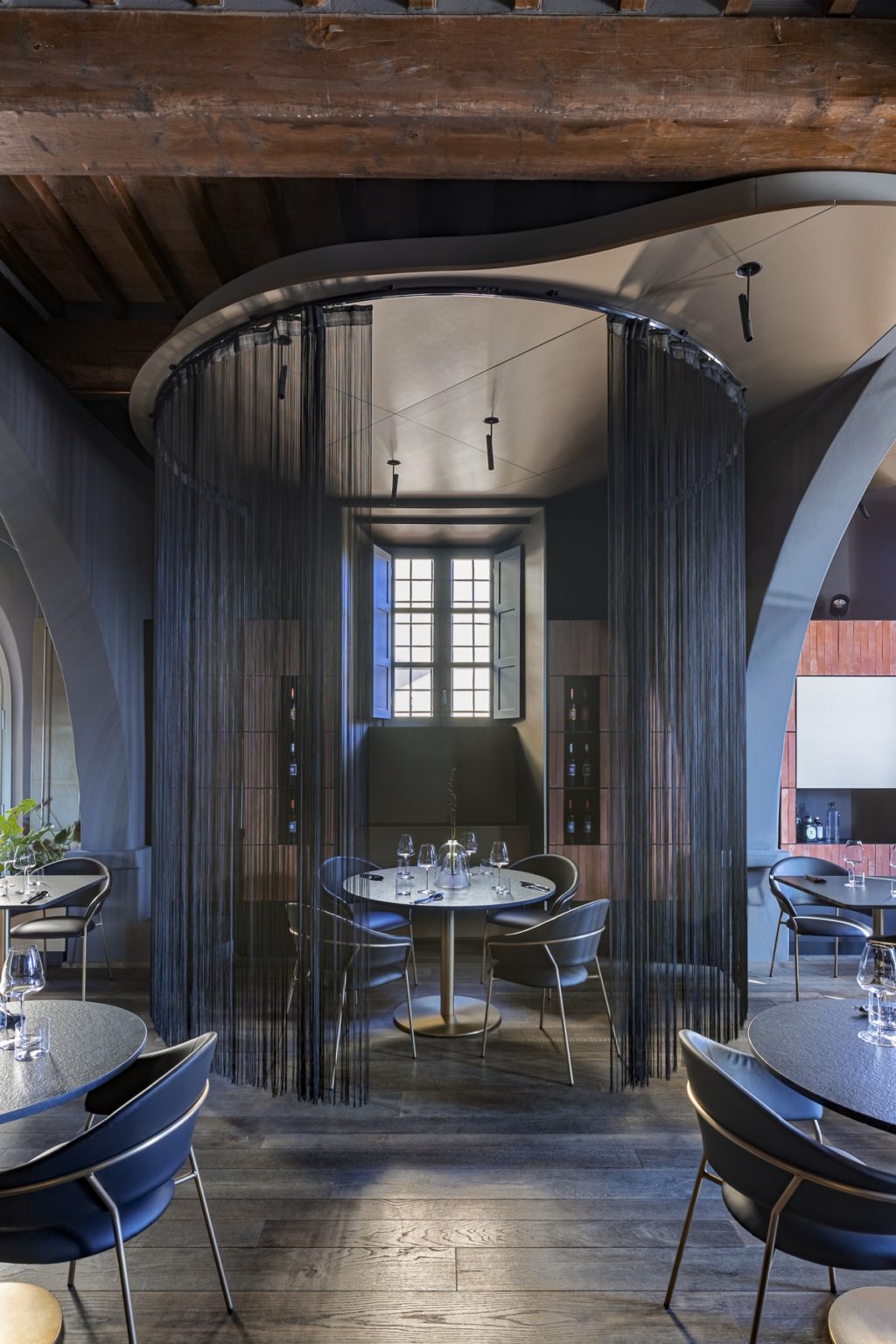
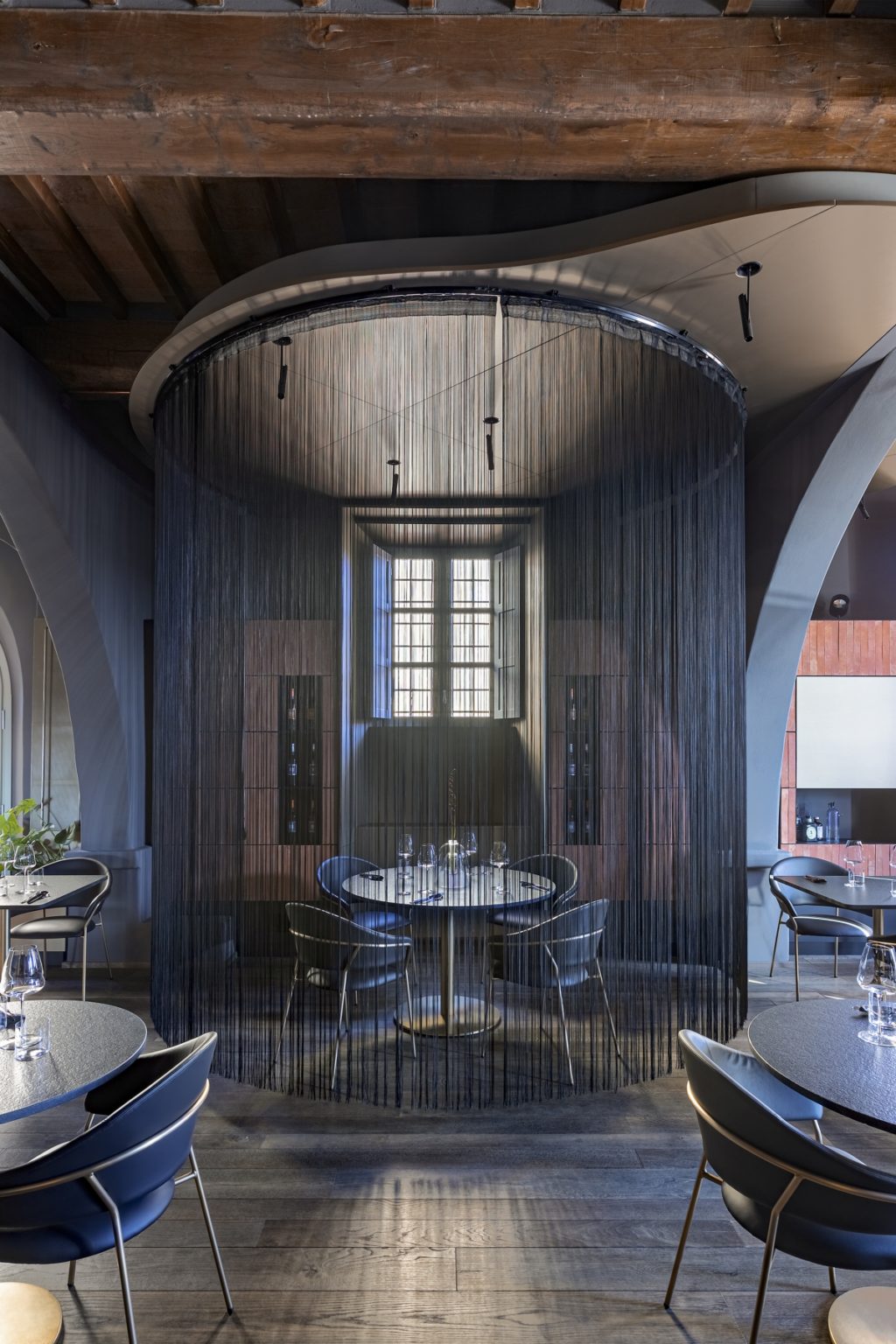
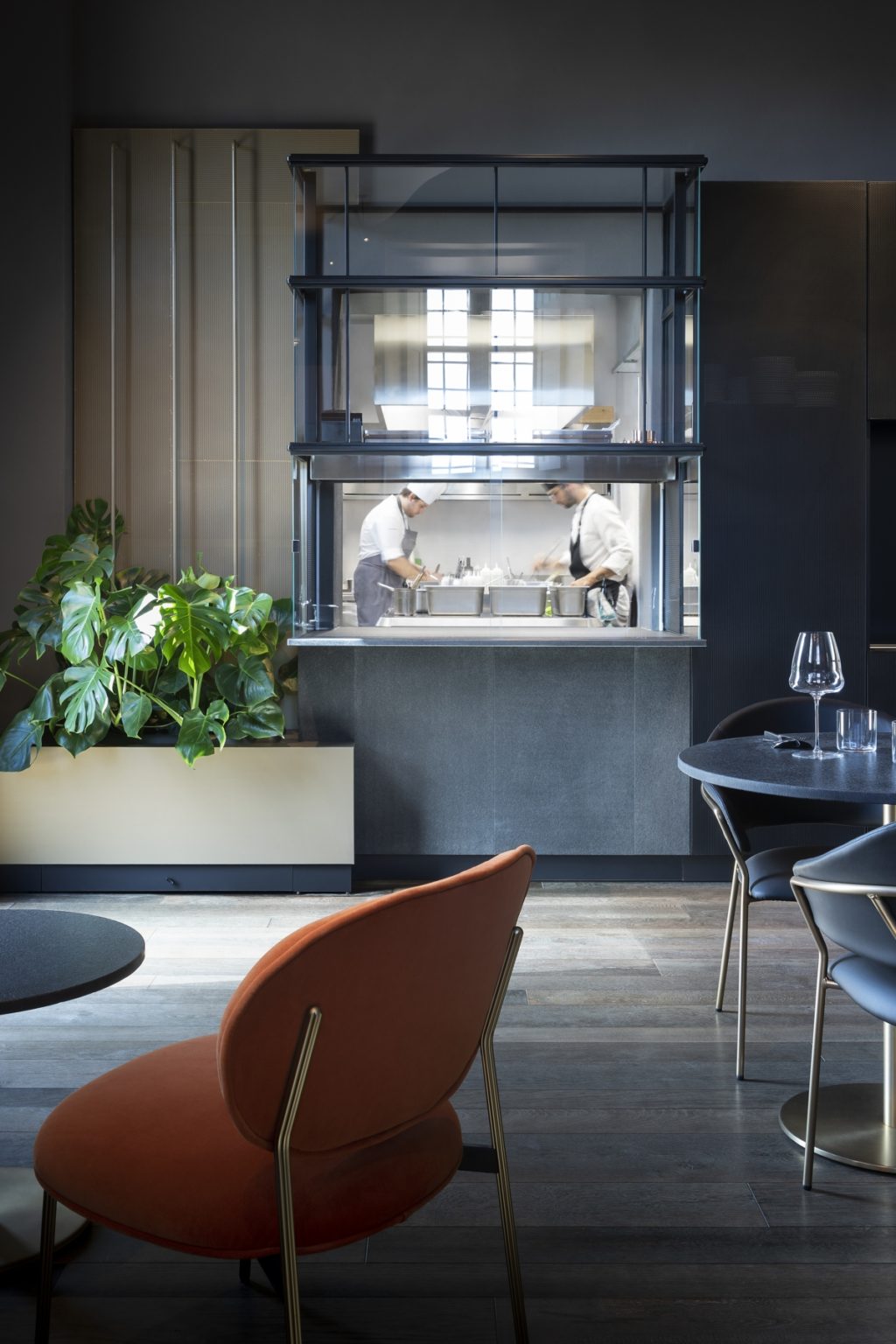
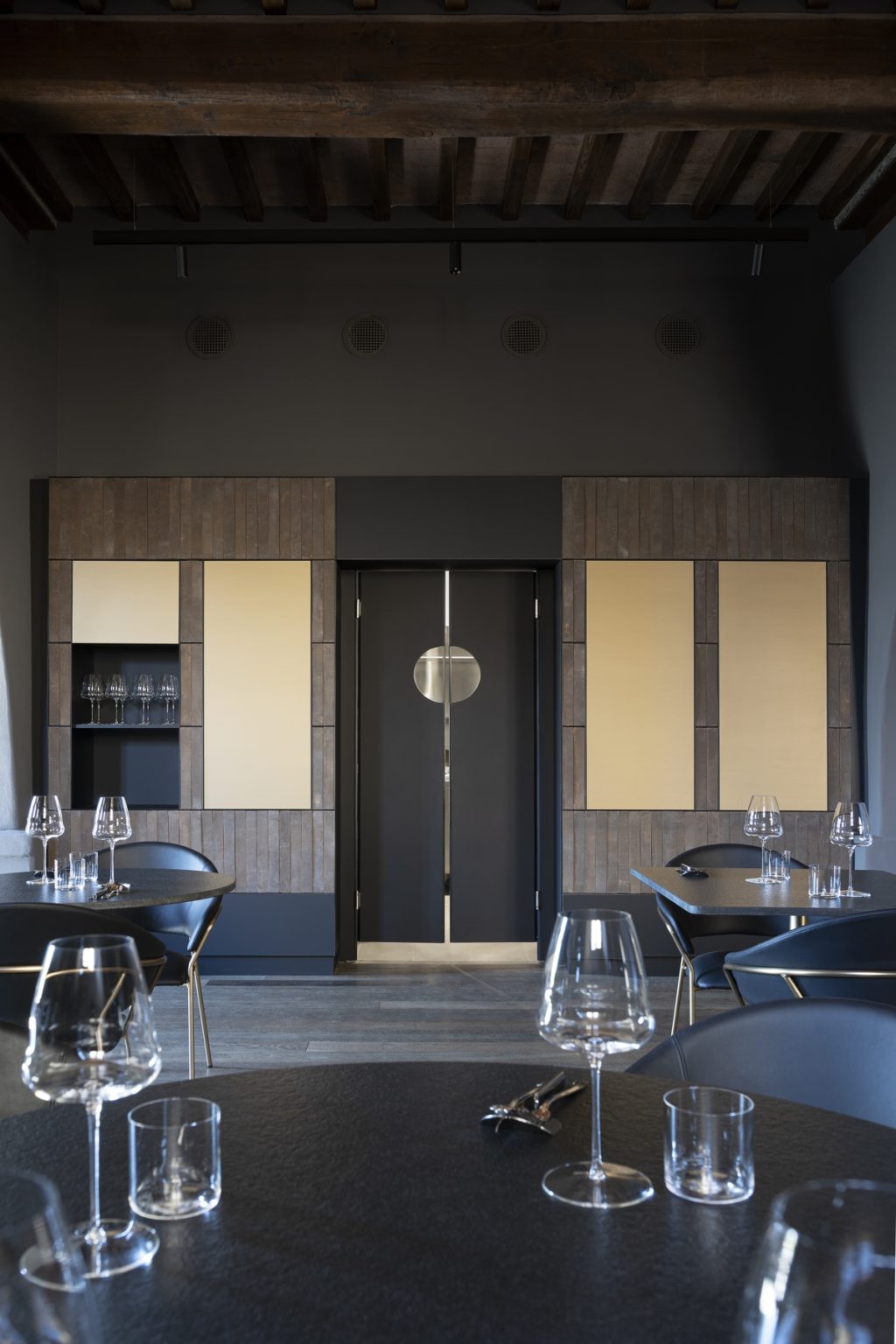
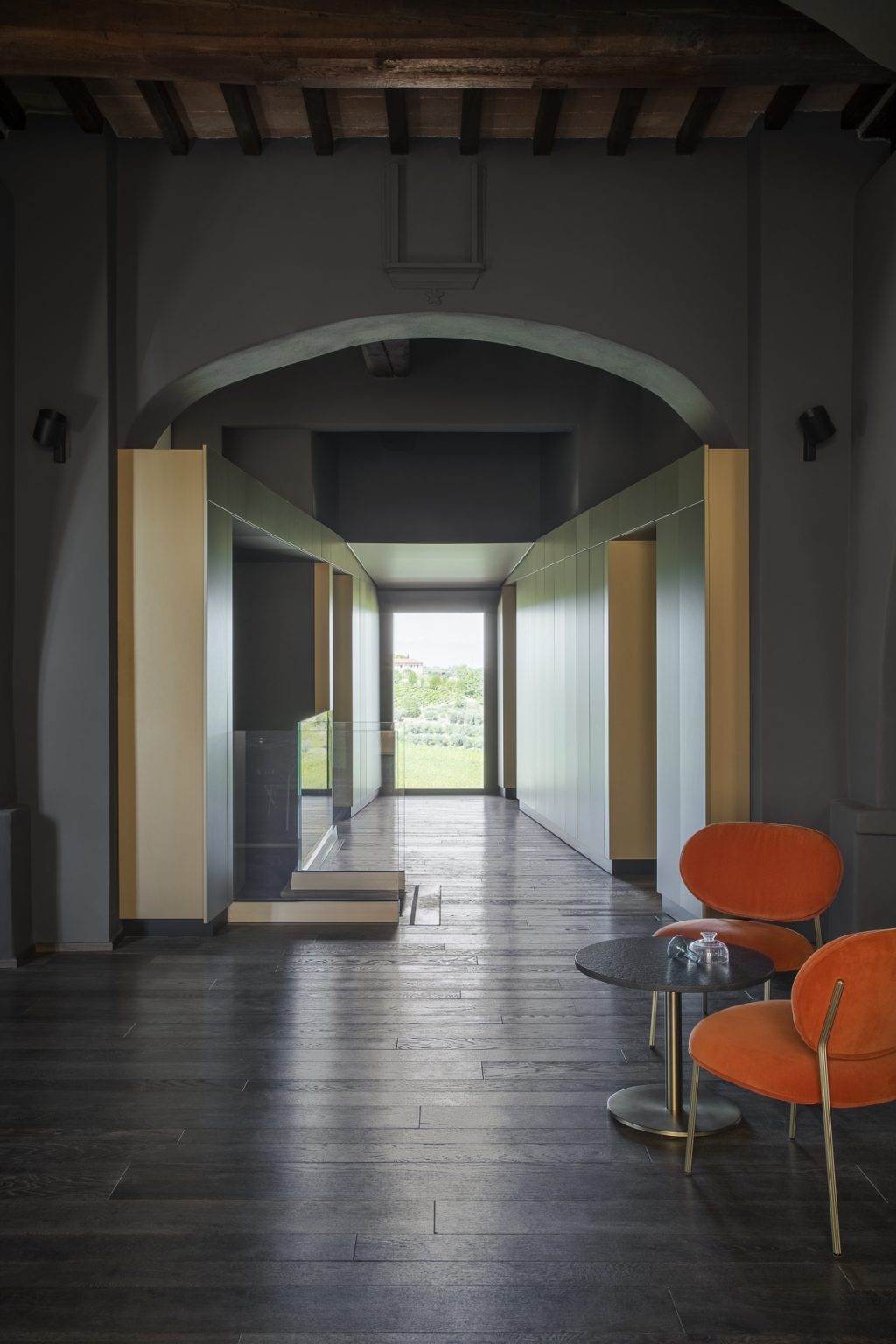
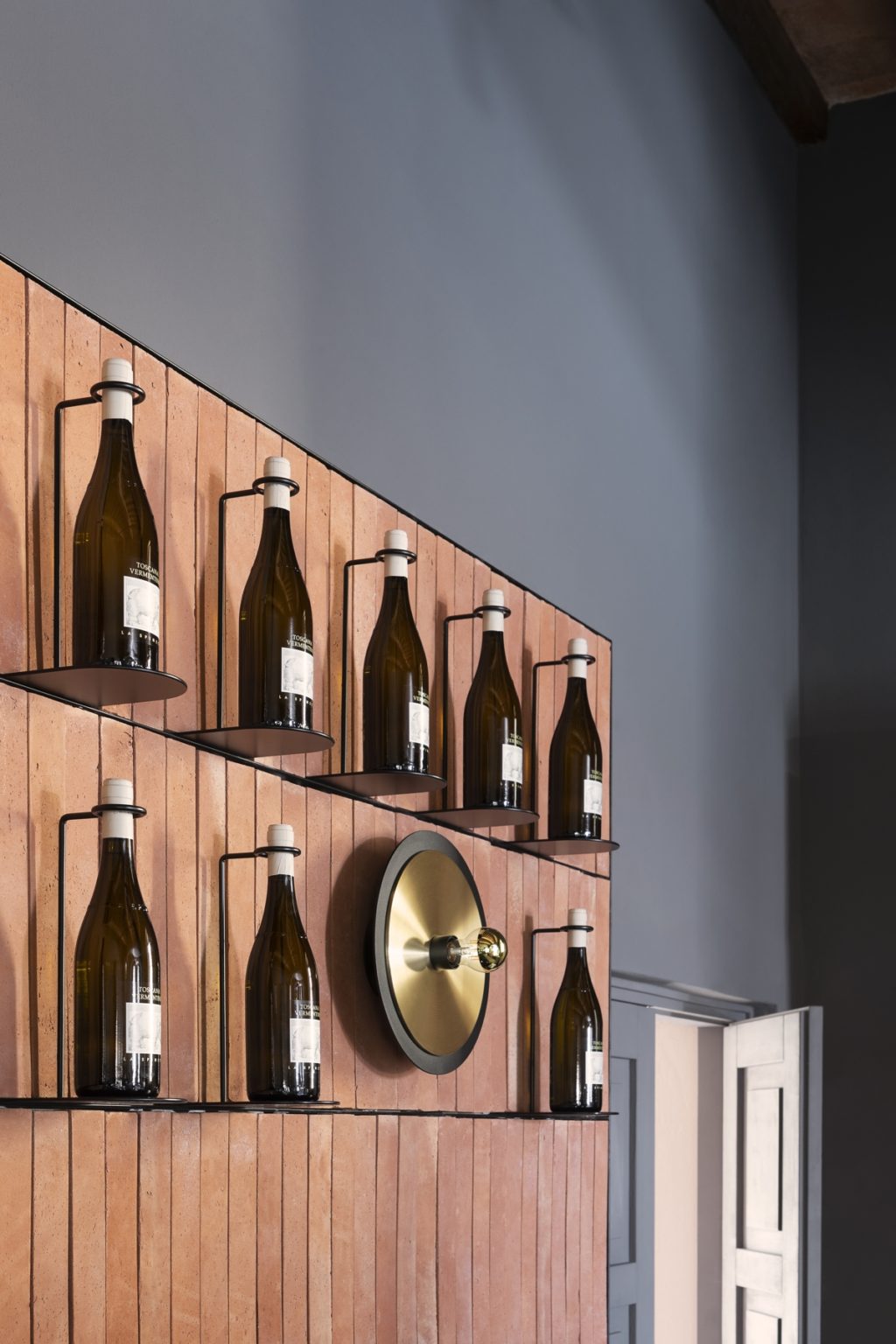
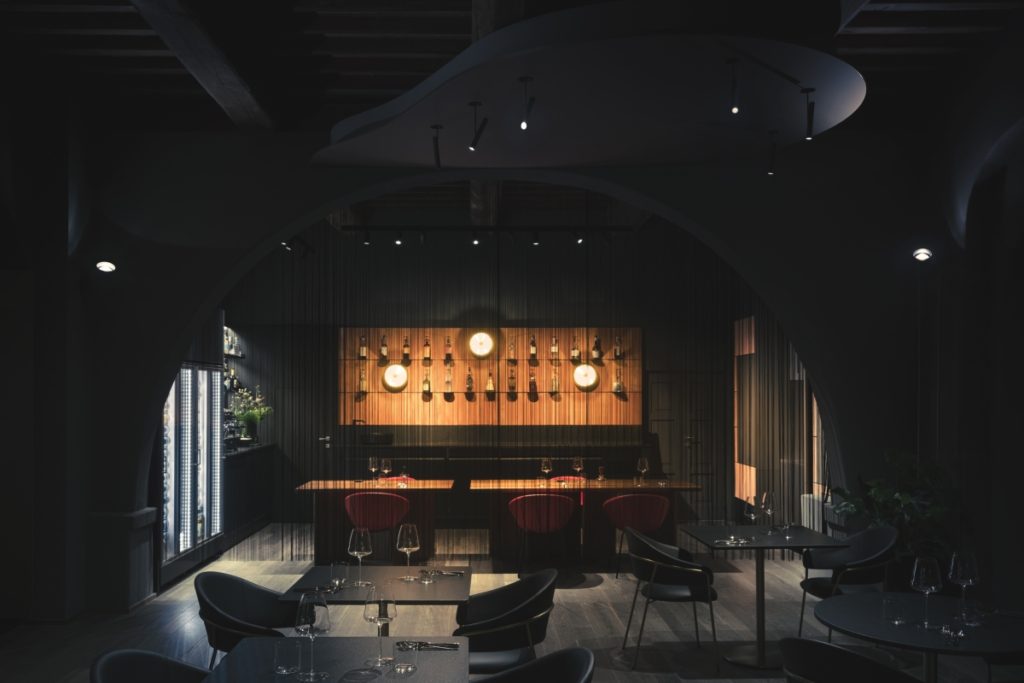
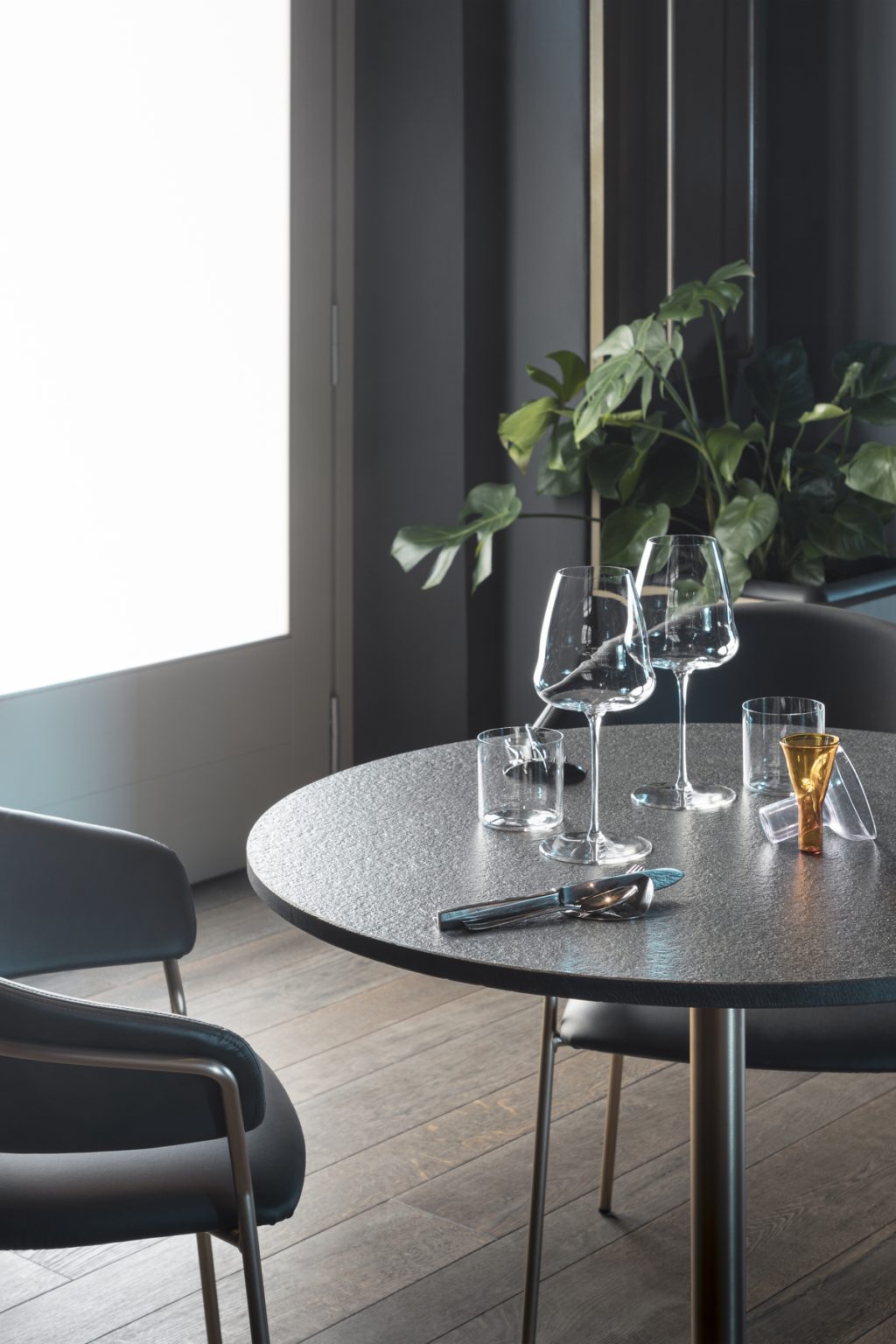
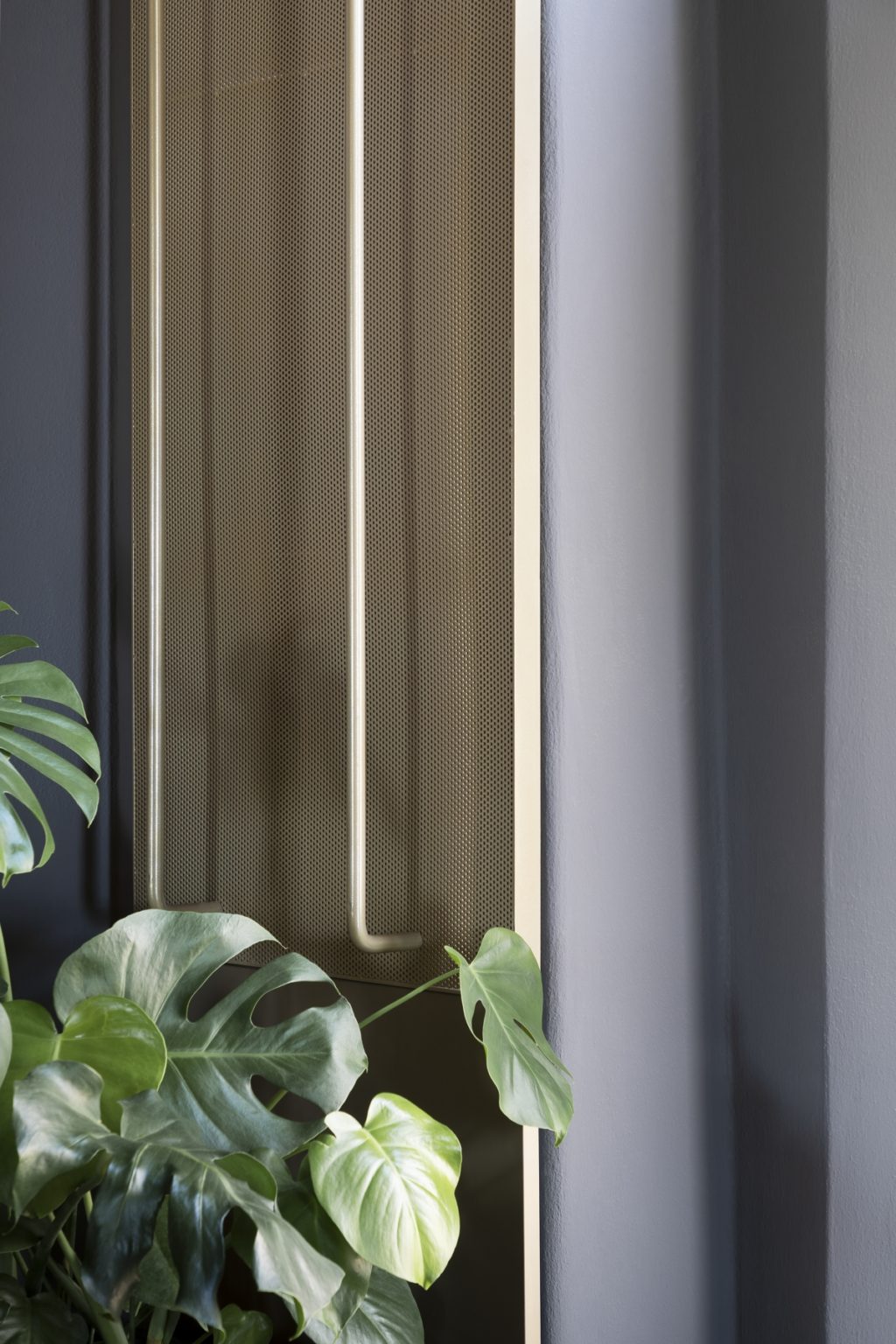
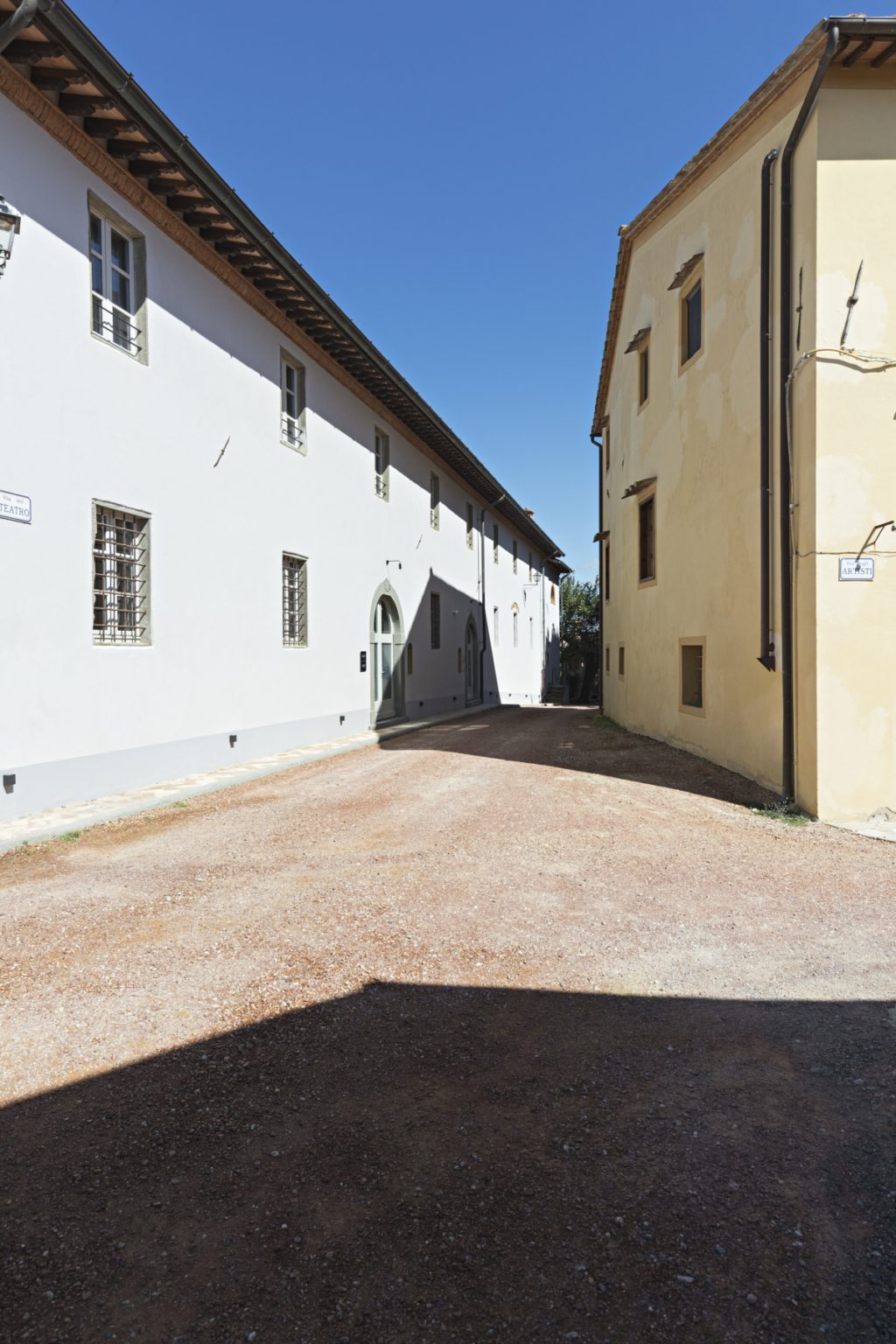
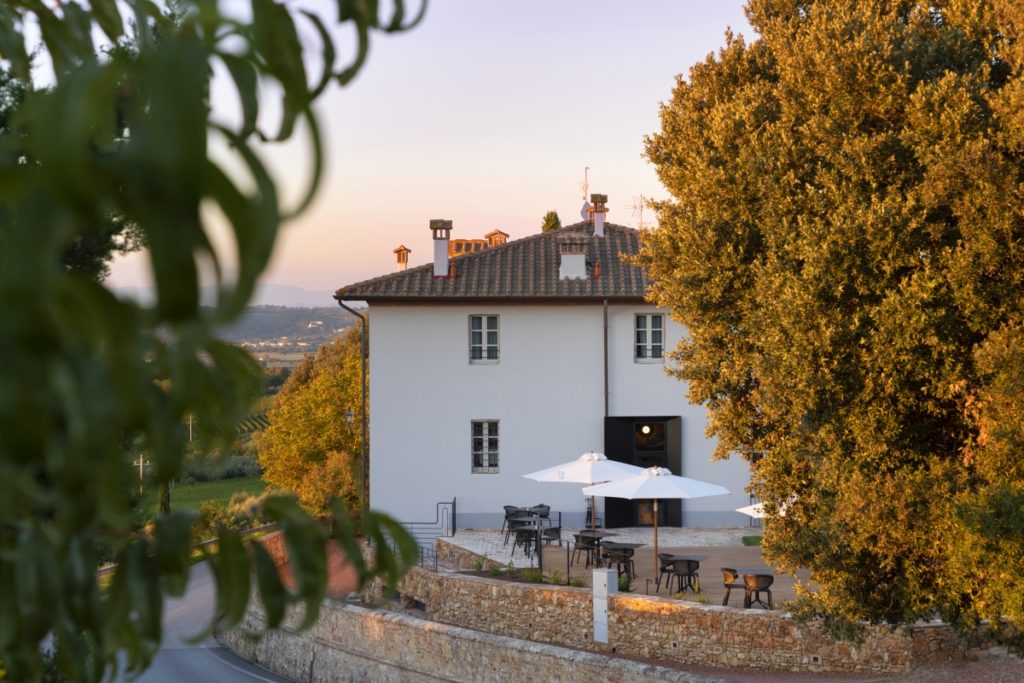
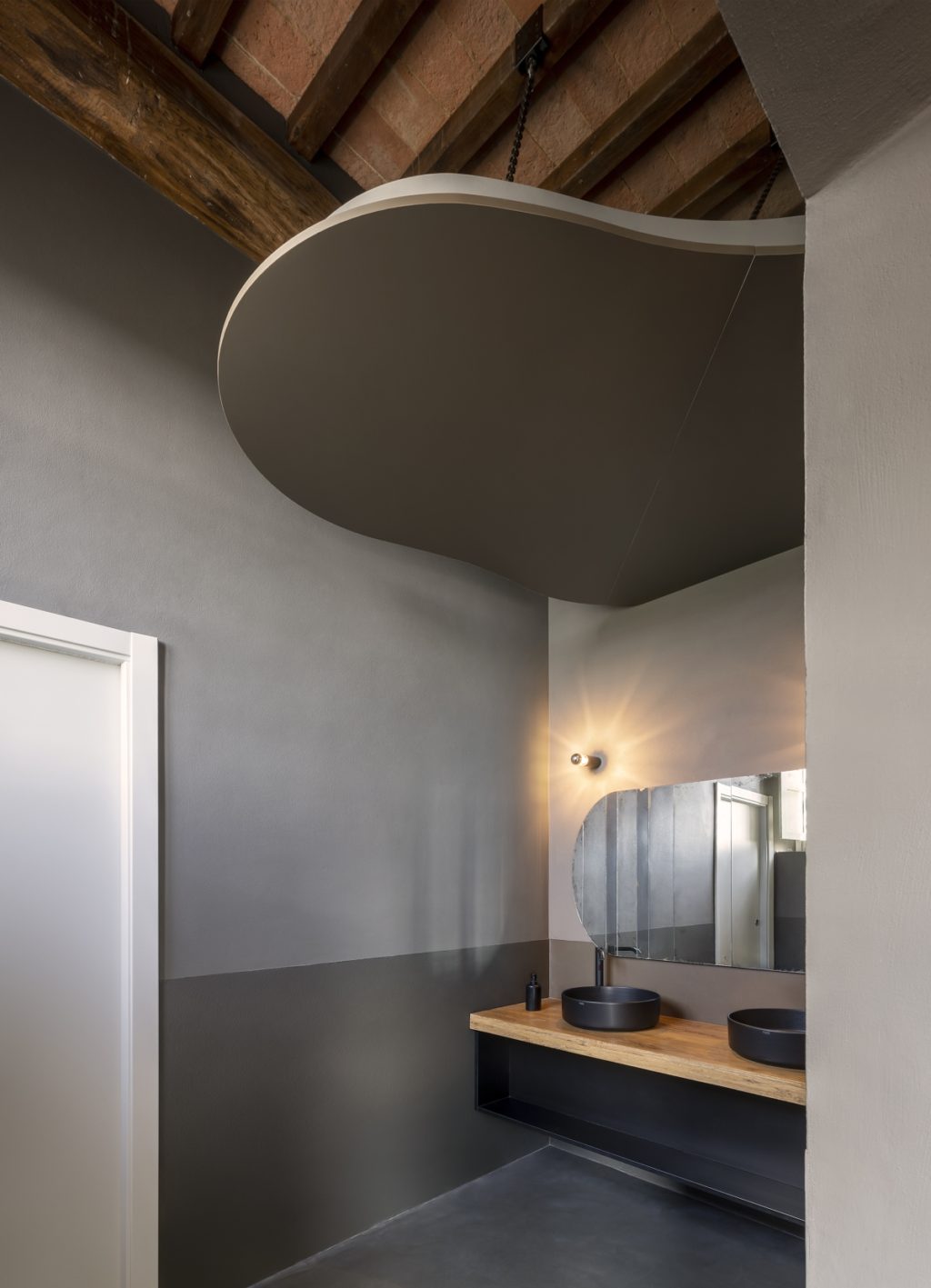
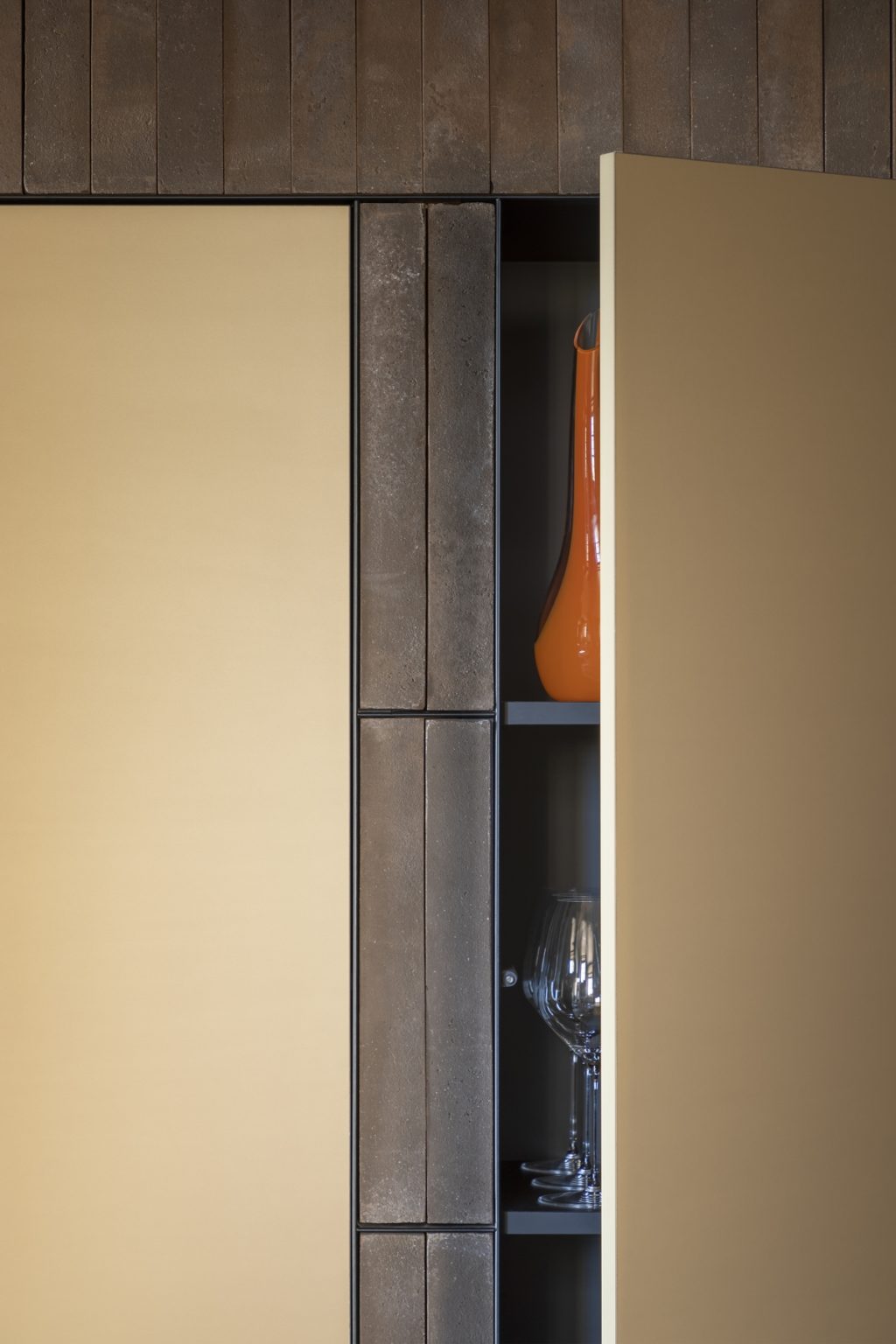
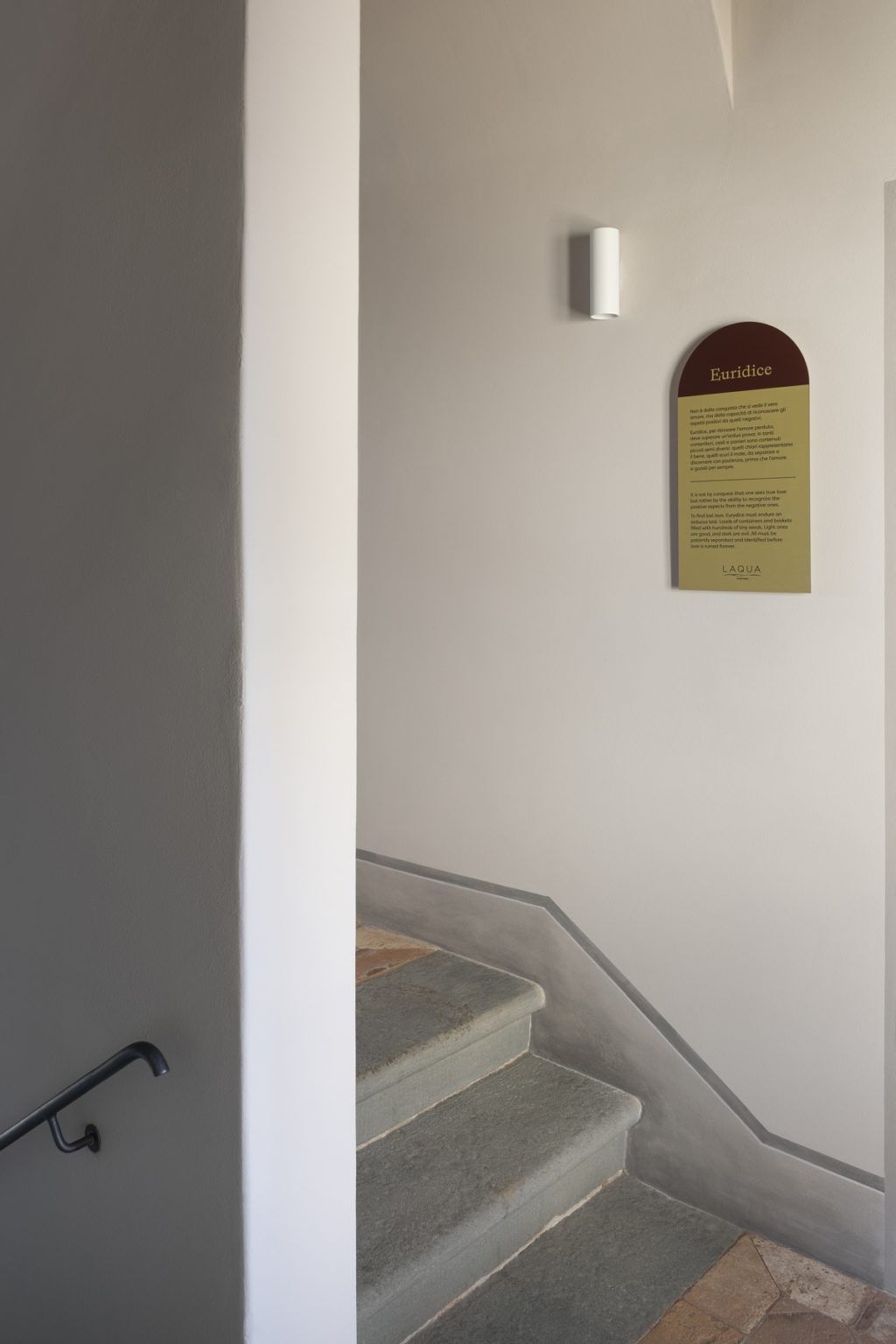
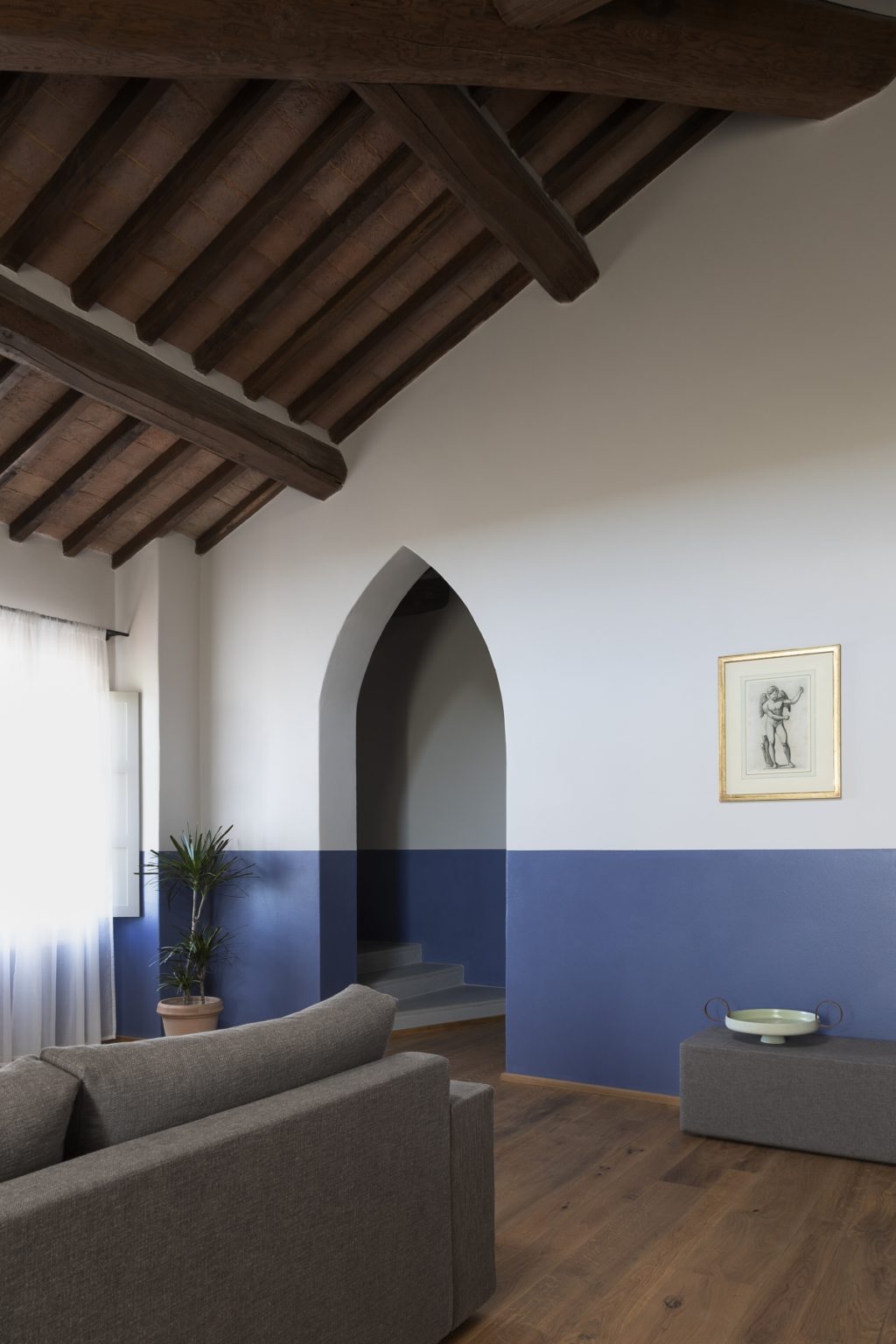
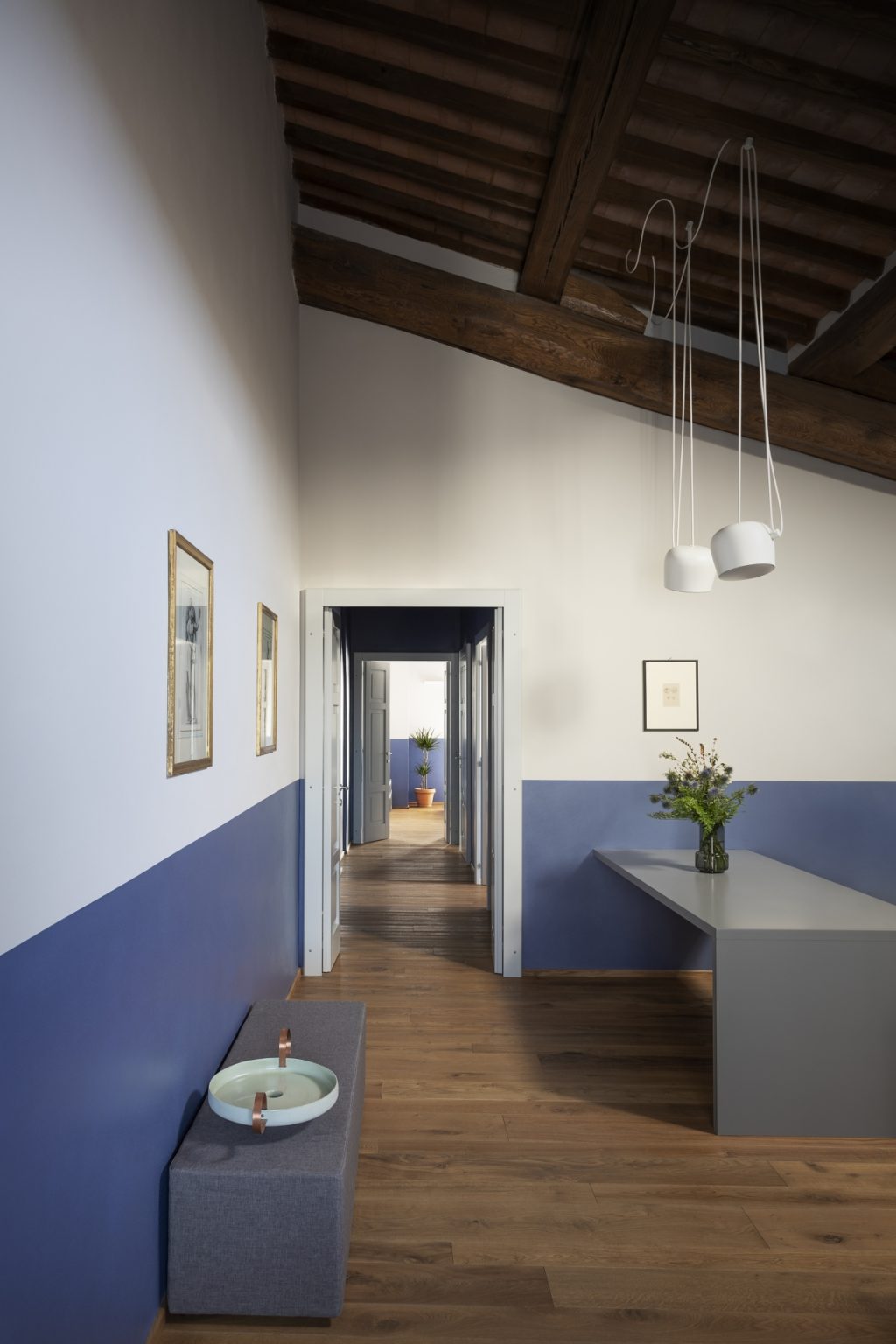
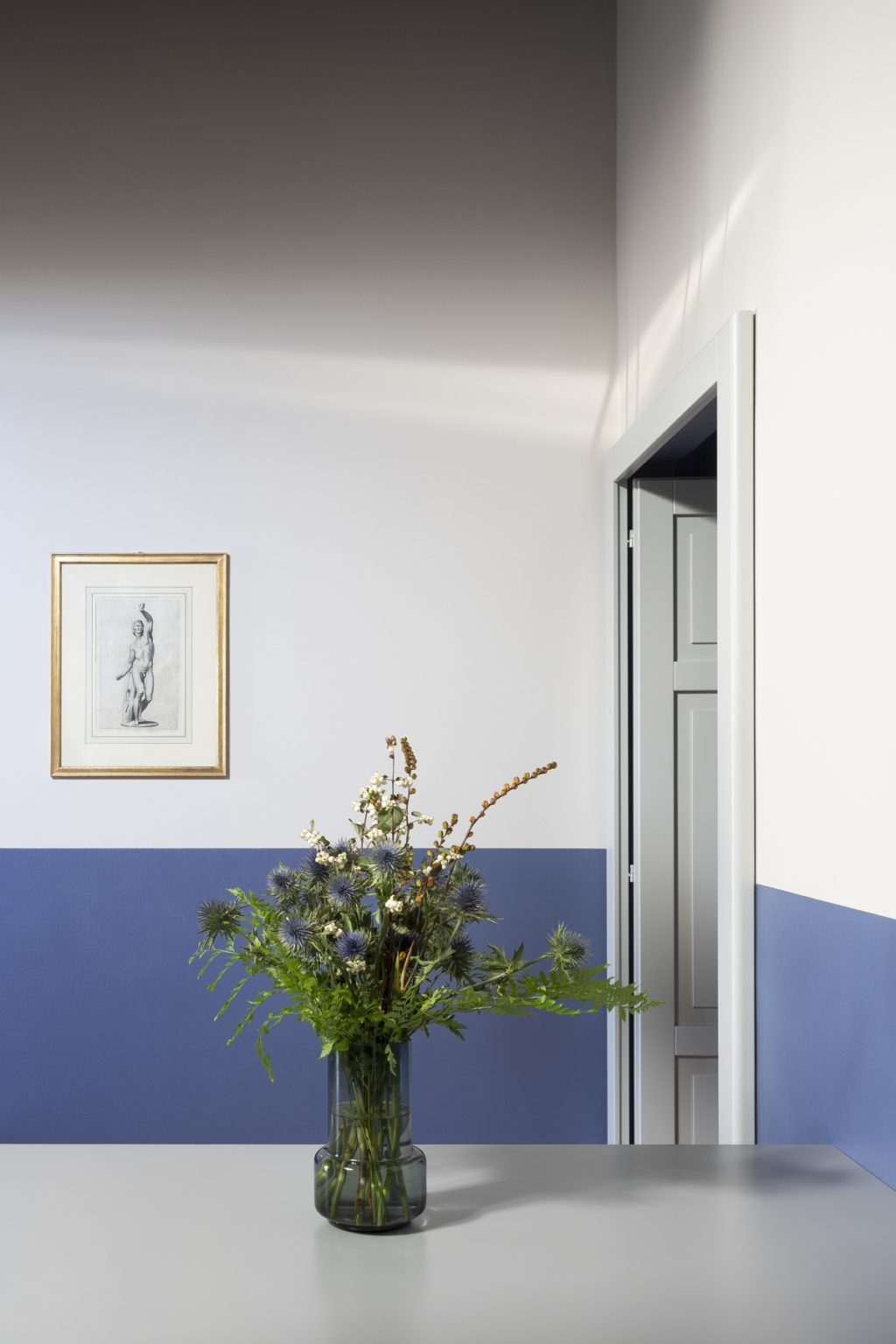
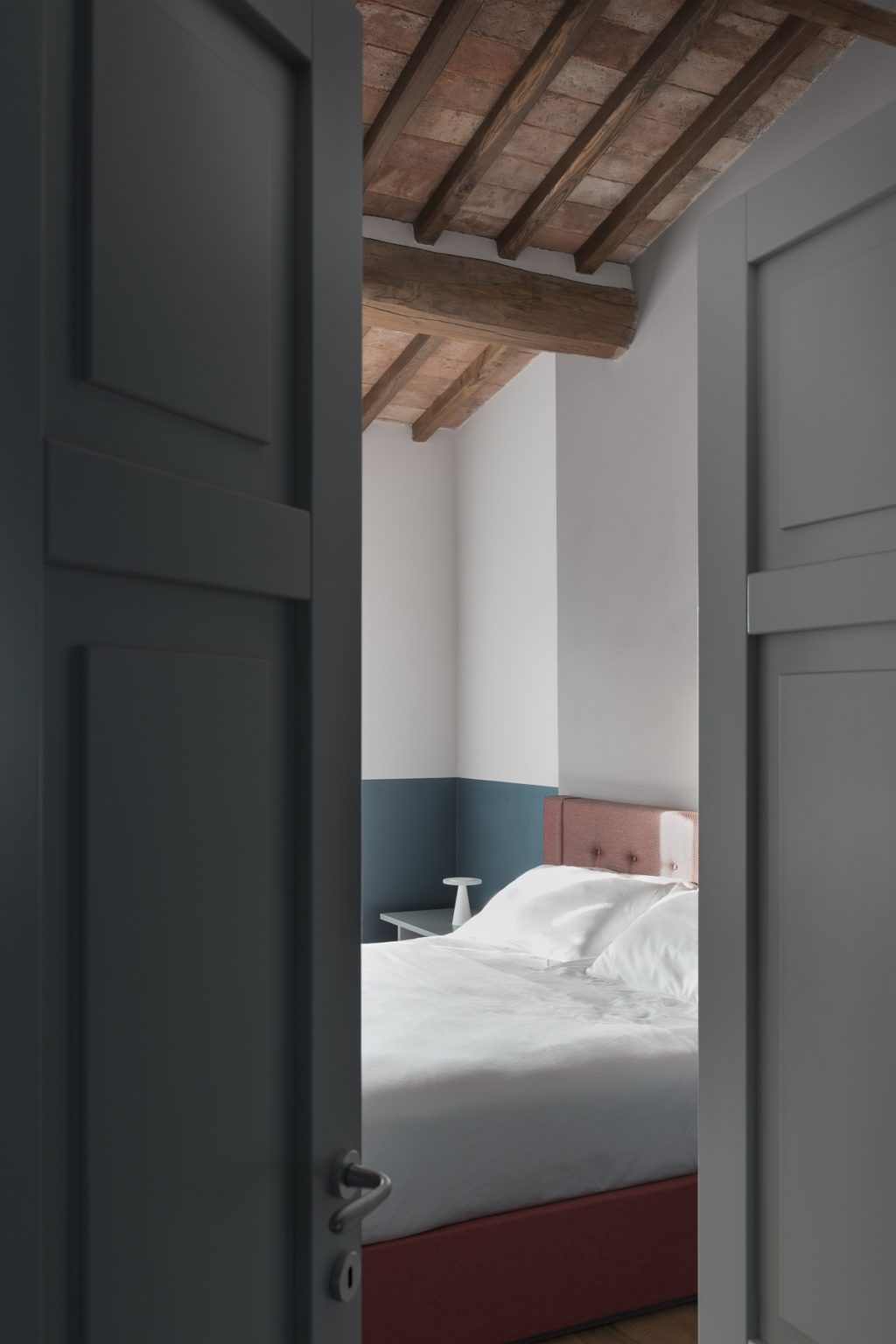
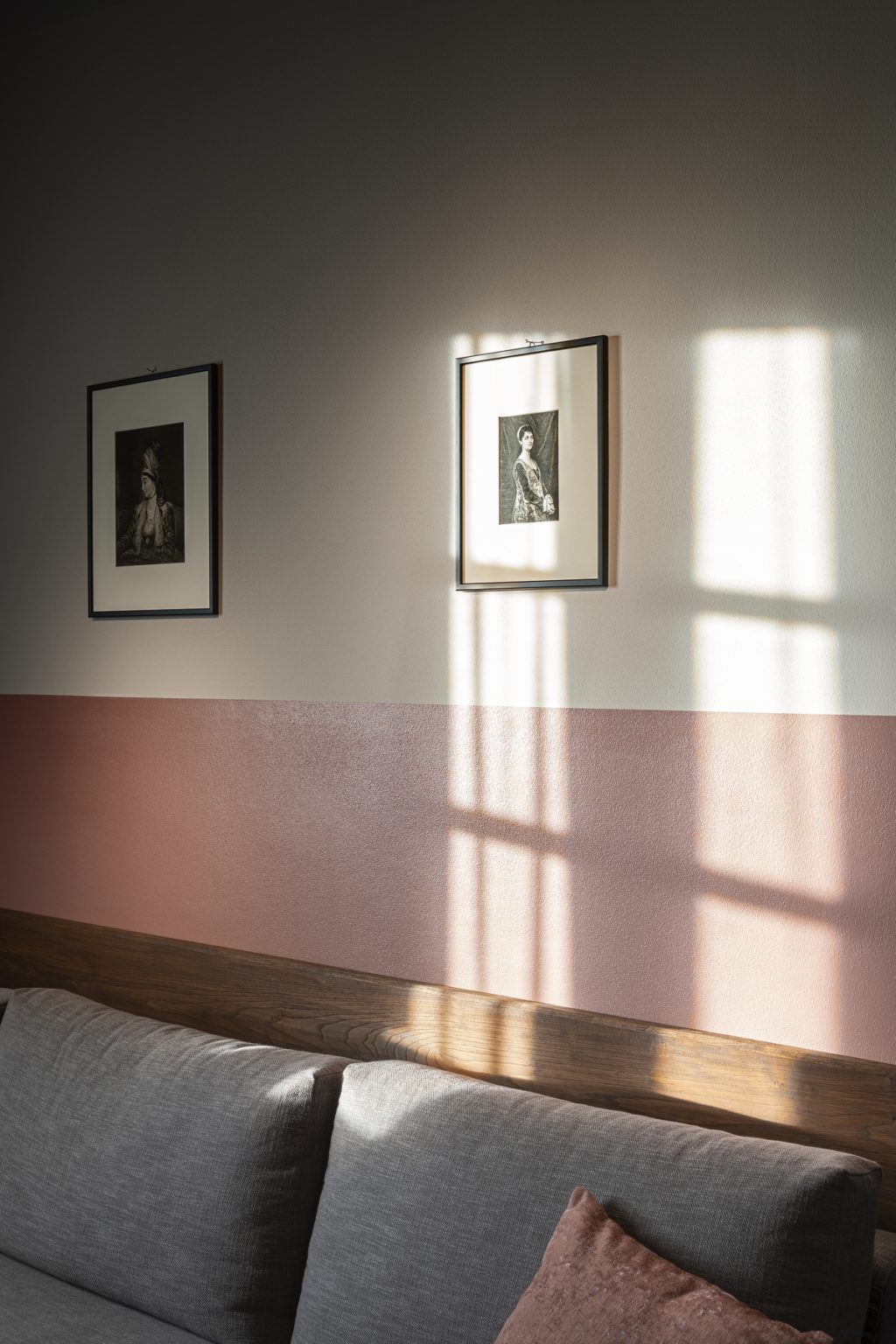
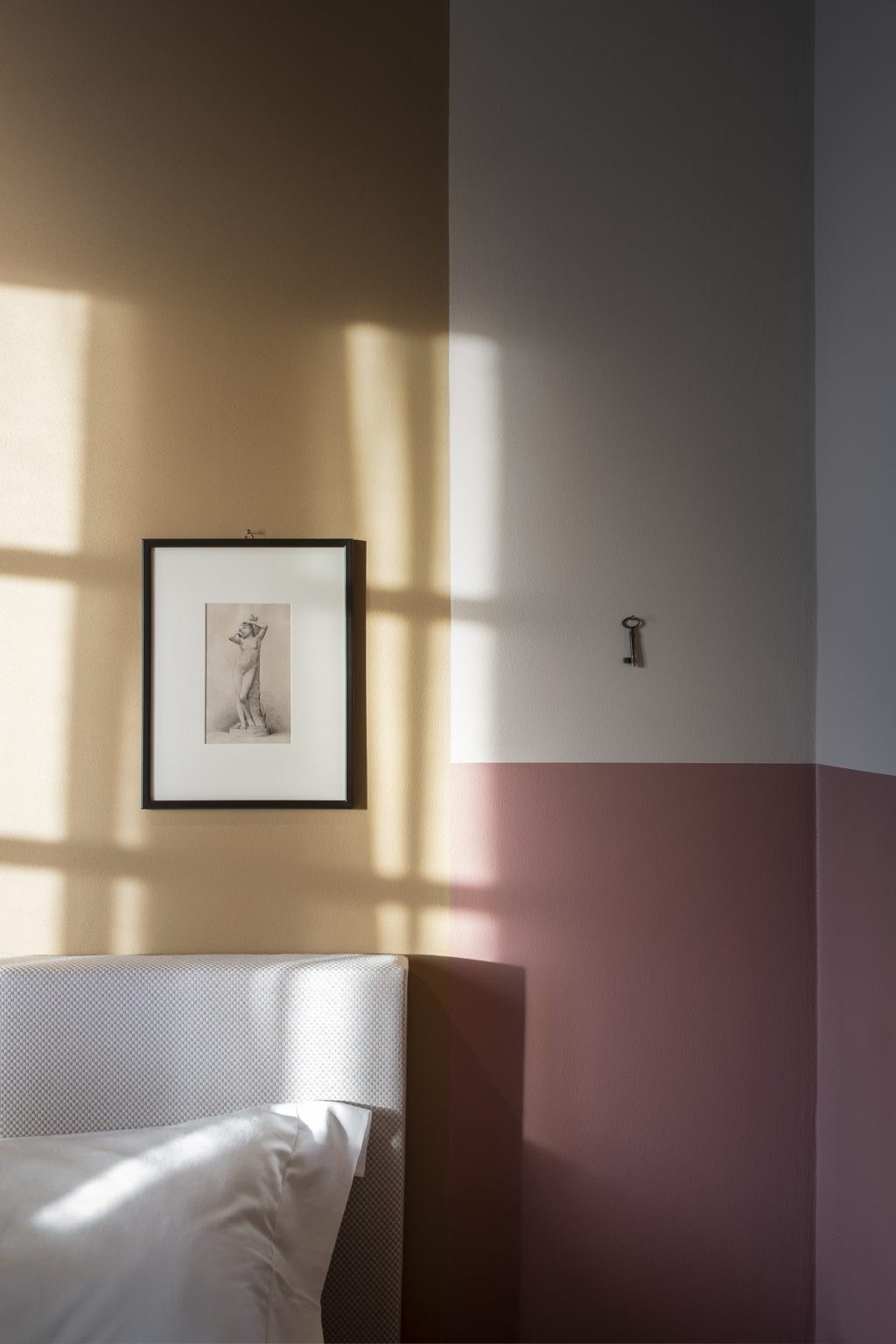
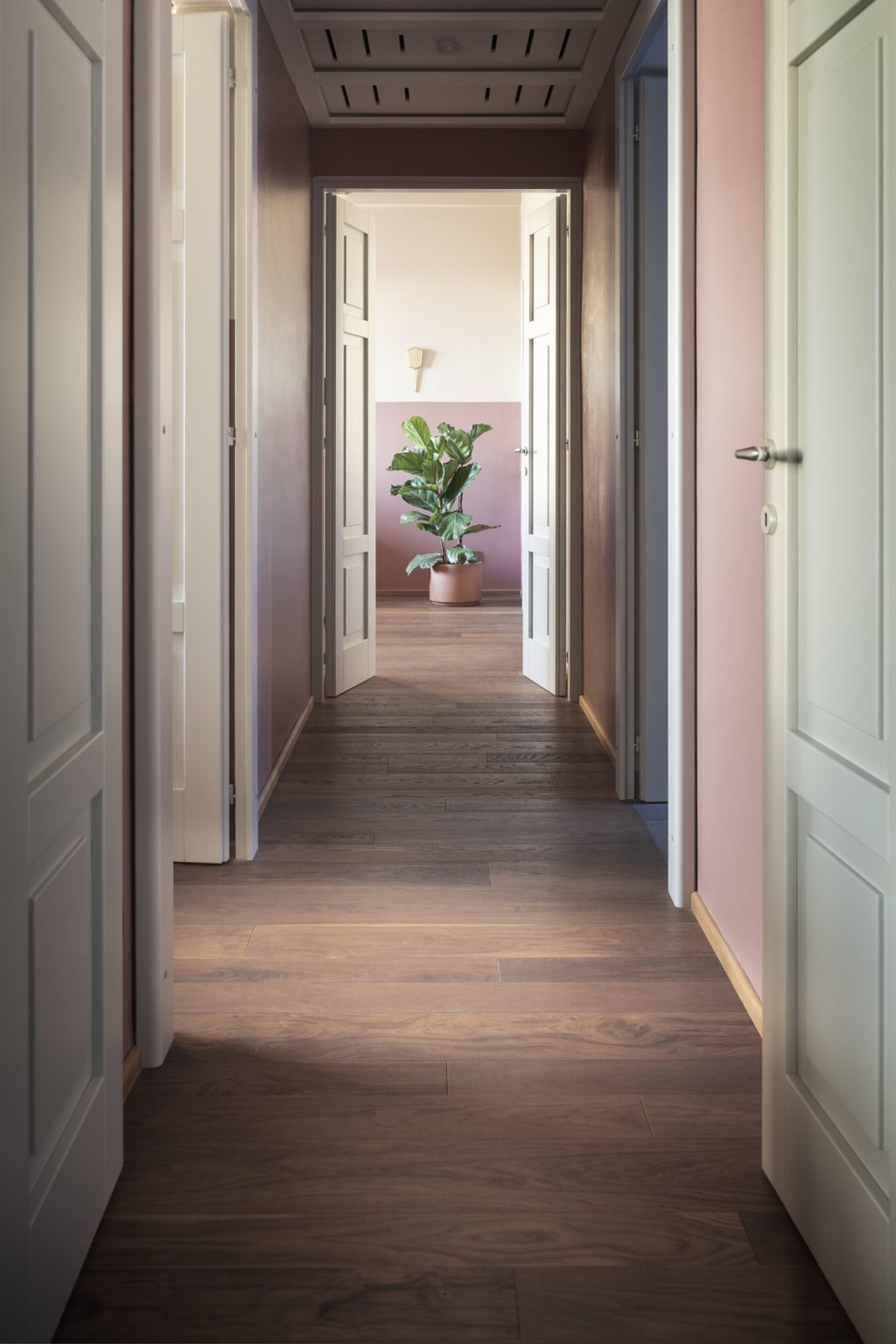
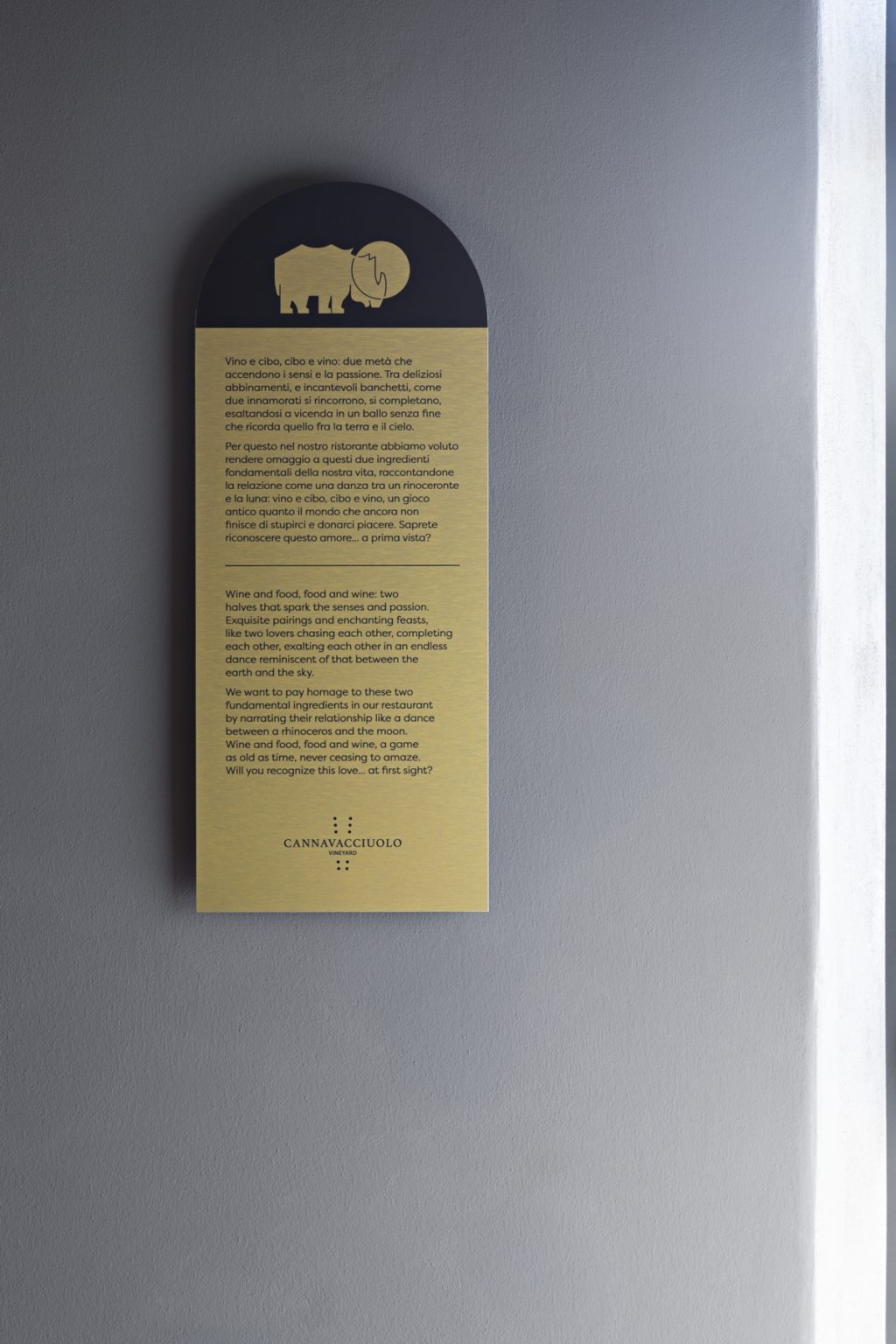
Photo Credits: Beppe Brancato

